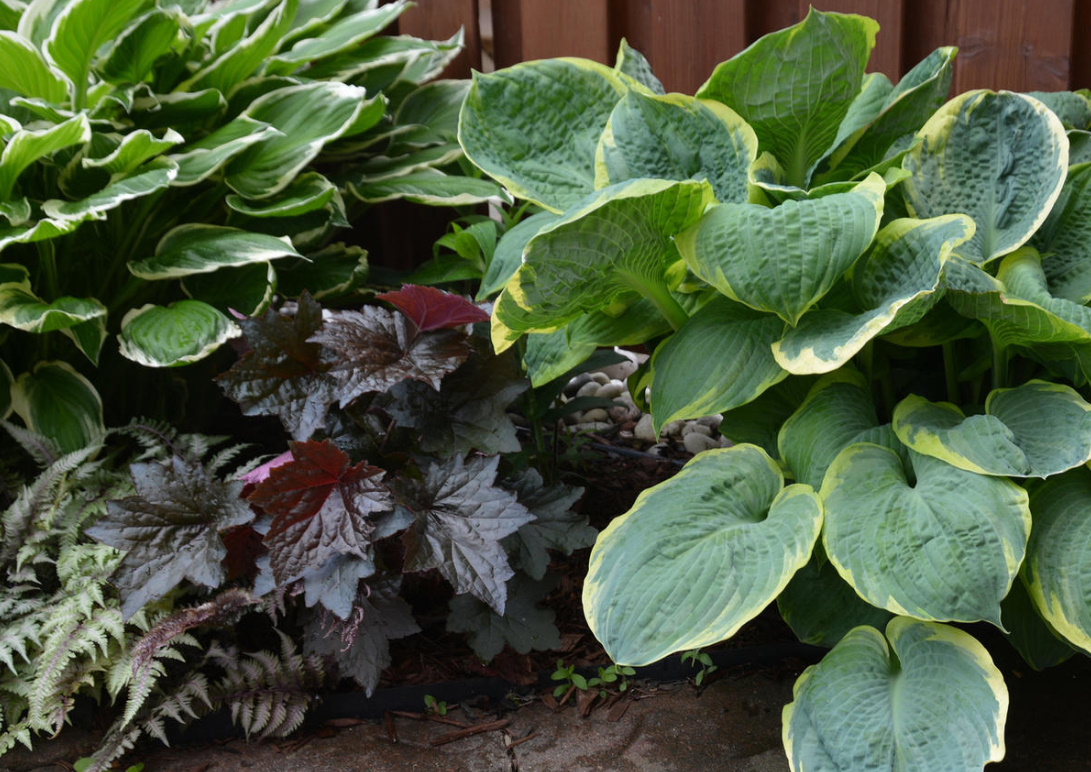
6. Miscanthus. Live Fountain
Perhaps this is what an adult miscanthus looks like in the garden, throwing out silver streams of its panicle inflorescences. It’s hard to believe that this completely romantic creation of nature has a purely practical use. It is rightfully attributed to the so-called biofuel crops that have a high calorific value when burned, therefore hundreds of boiler houses operate on its stems in China and other countries. Moreover, miscanthus perfectly cleanses the soil from heavy metals, pulling them out of the ground and accumulating in the roots. But gardeners love it not for its benefits, but for its exquisite and refined beauty.
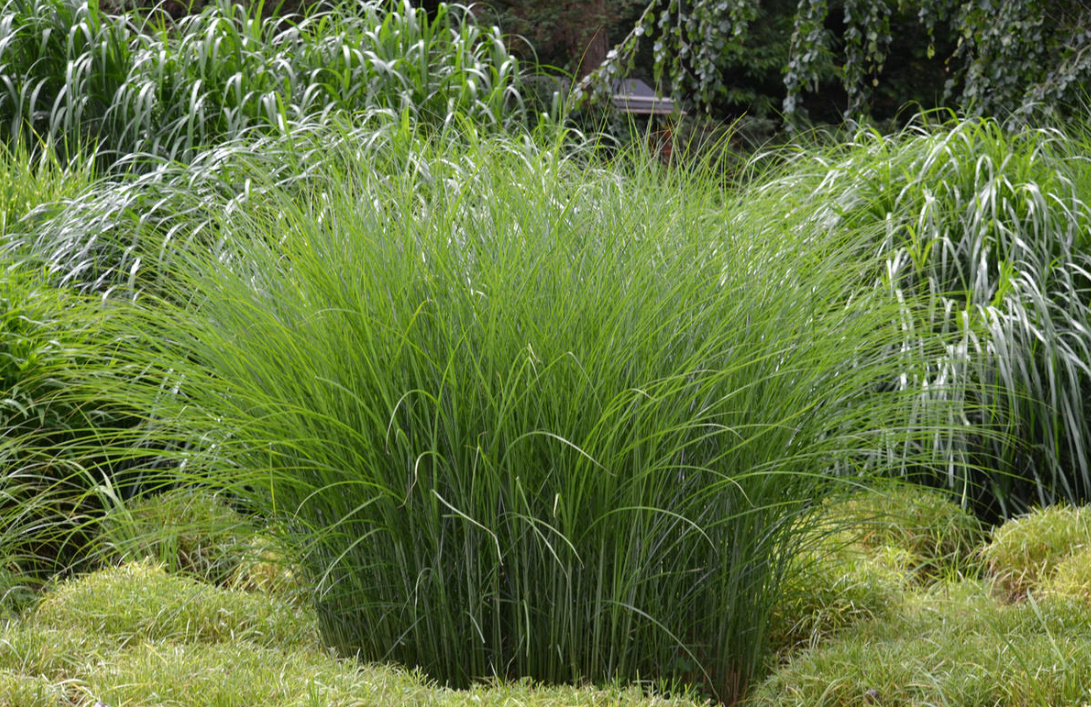
What types to choose
- Miscanthus sinensis is up to 3 m high, flowering begins in September—October, and decorative pink—silver panicles persist until spring. Based on this species, about a hundred ornamental varieties have been bred, many of which are suitable for the middle band.
- Miscanthus sacchariflorus prefers moist meadows, forest clearings and rocky slopes and grows up to 2 m, throwing out white or pink-silver inflorescences. This species is thermophilic, so the shoots grow in late spring, and flowering is observed in July.
- Miscanthus giganteus grows up to 3 m. Foliage with a whitish stripe running along the central vein. Flowering occurs at the end of summer, the inflorescences are painted in pink tones, later turning into silver. The lower leaves die off by August, exposing the stem to a height of about 1 m, which does not look very attractive.
Where to plant
The plant prefers open places with loose soil and an abundance of sunlight. It is not necessary to place miscanthus close to other tall plants, they will certainly “argue” for free territories. The soil on the site should be neutral or slightly acidic. If the acidity is increased, add a little dolomite flour to the soil during processing.
How to care for
The main concern is to limit the active growth of rhizomes, the depth of their occurrence is not too great – only 20 cm, so protective fences can not be deeply buried. Remember that the miscanthus retains its decorative effect not only in summer, but also in winter and autumn, so it should be cut in early spring, almost flush with the ground surface. The usual care of the plant includes regular and abundant watering, as well as fertilizing.
What to combine with
Compact miscanthuses (up to 1.5 m) are best suited for growing in flower beds or among low conifers. Medium (up to 1.8 m) and large (over 2 m) are combined with peonies, astilbes, phlox, lilies, asters, solidago and Leucanthemum.
This perennial is very actively increasing its mass, growing and looks quite massive, so it should be planted in the background of various flower compositions or as a tapeworm, and to get the effect of a “meadow” garden — combined with various herbs and cereals. Miscanthus looks great by the pond. Its leaves descending to the water create the effect of a secluded natural reservoir, such a composition will perfectly complement Lysimachia, hosta or Lythrum.
7. Host. Queen of the Shadow
In Japan, this plant is considered sacred and its broad leaves are decorated with Buddha statues. Over the years, lush flowerbeds are becoming more powerful and more beautiful, preserving their decorativeness for more than 25 years. Agree, the host is worthy of the title of queen! But there are absolutely no royal habits in her character: she is unpretentious, undemanding to the place of growth, easily takes root in a new place and steadfastly withstands attacks of diseases and pests.

What types to choose
- Hosta fortunei is a dense but compact shrub with heart—shaped leaves. Blooms with pale purple flowers in August.
- Hosta plantaginea is a powerful plant with ribbed large leaves resembling plantain and noticeable veins on the plate, a high (up to 70 cm) peduncle with large and fragrant flowers that open in July-August.
- Hosta sieboldiana is characterized by a characteristic bluish-bluish bloom and powerful (40 cm long and 25 cm wide) heart-shaped-ovoid leaves. Low peduncles with white-lilac flowers, appear in July.
- Hosta Albomarginata is distinguished by exceptional endurance, grows well in partial shade, but needs morning or evening sunlight to preserve its bright contrasting color.
- Hosta undulata is a compact shrub 20-30 cm tall and thin long leaves with wavy veins. Suitable for miniature gardens and rock gardens, lavender flowers appear in July.
- Hosta minor is a very compact shrub (10-15 cm high) with beautifully shaped neat leaves and flowers of a dark purple shade. Very good in miniature potted compositions.
Where to plant
The ideal option is areas shaded in the afternoon, with neutral slightly acidic soils and — this is very important! – without stagnation of groundwater, which negatively affects the root system. In the shade, it is worth planting hosts with leaves of blue and bluish shades, and in sunny areas — two- and three-color varieties with white, yellow and golden leaves.
How to care for
For good health, the plant needs timely watering and fertilizing (3-4 times a season). The first one is carried out with nitrogen-containing fertilizers immediately after the appearance of elastic “horns—sprouts” on the surface, the rest (with complex fertilizers) – after 4 weeks, with an interval of one month.
What to use it for
- Miniature varieties are perfect for rockeries, rock gardens, creating curbs and even for container plantings.
- Taller ones (30-45 cm high) will form the optimal background for flower arrangements and group plantings of medium-sized garden flowers.
- Plants with a height of 45-60 cm will become a worthy frame of reservoirs and garden paths.
- And, finally, the tallest hosts (more than 80 cm) look most impressive in single plantings in areas with large areas.
What to combine with
Hosta perfectly combines with most flowering and deciduous perennials (for example, with roses, clematis, lilies, irises, dahlias), perfectly emphasizes the beauty of ornamental shrubs and coniferous crops, no large mixborder can do without its juicy foliage.
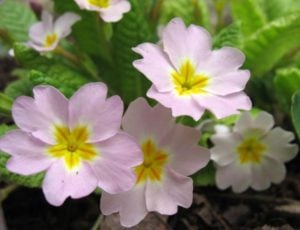
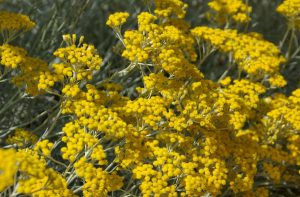
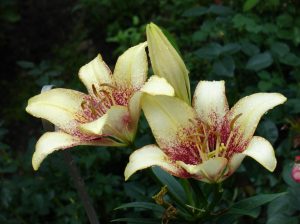
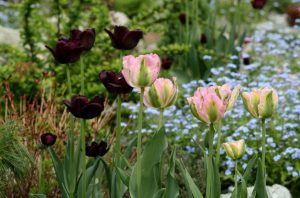
Leave a Reply